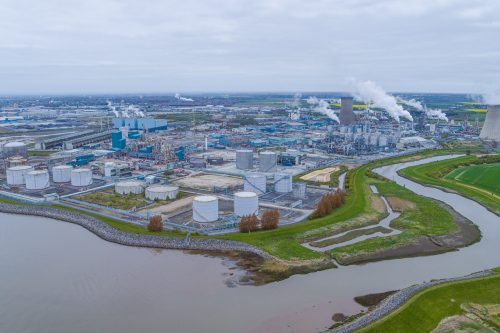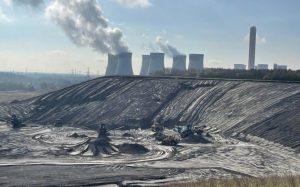Major decarbonisation project gets the green light

H2H Saltend has been granted planning permission by the East Riding of Yorkshire Council, strengthening its case in forthcoming Government competitions.
Equinor’s H2H Saltend is a 600-megawatt low-carbon hydrogen production plant with carbon capture, one of the first of its kind and scale to be granted planning permission in the UK, helping to establish the Humber as an international hub for low carbon hydrogen whilst significantly reducing carbon emissions.
The decision comes as the project prepares for a potential application into the Government’s forthcoming cluster sequencing track-1 expansion, which is expected to launch this year and will select decarbonisation projects in both the Humber and Teesside that can connect to the East Coast Cluster’s carbon capture transport and storage infrastructure by around 2030.
H2H Saltend, due to be operational by the end of the decade, will help to reduce the energy-intensive Saltend Chemicals Park’s emissions by up to one third.
Low carbon hydrogen will be used in chemical processes by both Saltend-based and other nearby companies, as well as directly replacing natural gas in several industrial facilities reducing the carbon intensity of their products.
Hydrogen from H2H Saltend will also be blended with natural gas at Equinor and SSE Thermal’s on-site Triton power station. The amount of CO2 captured and safely stored in sub-sea aquifers as a result will be around nearly 900,000 tonnes per year, equivalent to taking about 500,000 cars off the road annually.
The development is a catalyst project for the wider decarbonisation of the Humber, including helping to link regional CO2 pipelines from Easington in East Yorkshire across northern Lincolnshire and to Drax in North Yorkshire. Three projects along this pipeline route – H2H Saltend, Drax BECCS and Keadby Carbon Capture Power Station – now have planning consent, making the Humber unique in its offering of mature decarbonisation projects.
These proposals aim to make the Humber, the UK’s most carbon intensive industrial region, net-zero by 2040.
Lord Callanan, Minister for Energy Efficiency and Green Finance, said the planning permission was a “vital step forward” in decarbonising the Humber and delivering jobs and growth.
“CCUS clusters will be the starting point for a new industry in the UK, which is why we’ve committed up to £20 billion in early support and expect to bring forward 4GW of low carbon hydrogen production by 2030,” he said.
H2H Saltend project director Derek Ho said the project could kick-start multiple decarbonisation initiatives. “It is an important first step in creating a low carbon hydrogen economy and achieving net zero in the Humber, safeguarding local industries and creating greater opportunities including new jobs and skills, whilst helping the UK to tackle climate change.”
East Riding of Yorkshire Council Leader Anne Handley added: “This is an important decision not only for this project but also for this region. We welcome major energy projects from global companies like Equinor, which help to demonstrate the ability of our area to attract investment, leading to more jobs, supply chain contracts and opportunities for local people. We should be proud that East Yorkshire can be a leading light in the transition to a net zero economy.”








